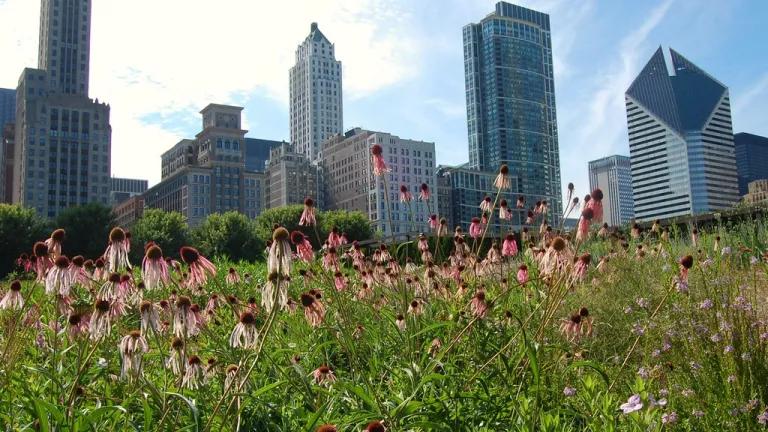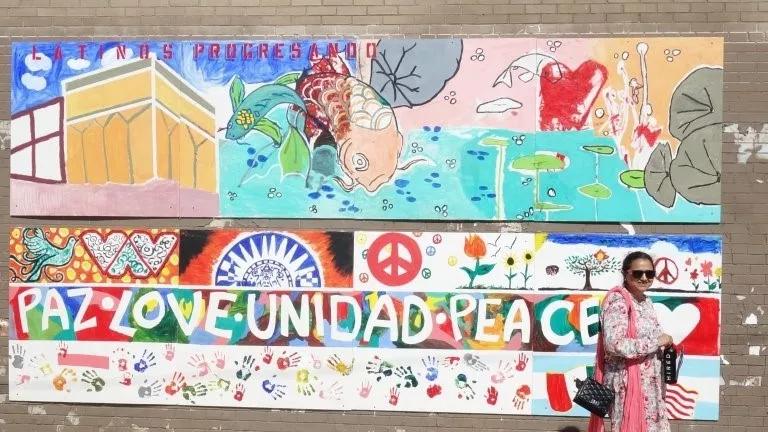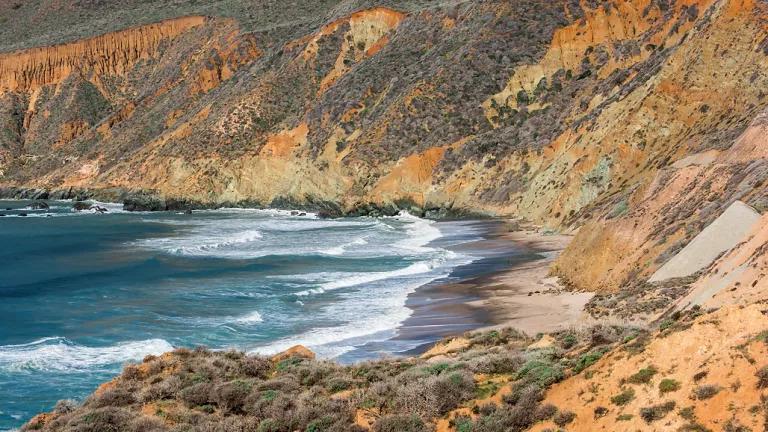Chicago 1995 Heat Wave Still Haunts EJ Communities
The Southeast Side of Chicago—like many communities of color around the country—has been put on the frontline of the effects of a worsening climate crisis.

Chicago area heat wave advisory
The February 2022 report from the Intergovernmental Panel on Climate Change (IPCC) reminds us that urgent and bold action is needed to avoid the worst impacts of climate change. And if we miss our window of opportunity, communities of color will continue to shoulder the brunt of the deadly outcomes.
The report is clear, from rising sea levels and drought to heat waves and hunger, that the continued warming of our world will only exacerbate these issues and cause “dangerous and widespread disruption” to people and species.
Our window to act is closing, but not closed. We can still strengthen communities and save lives by adapting to our changing climate.
We’ve already seen some of the worst impacts unfold and know what’s coming. The IPCC says communities must aggressively adapt for changes on the horizon, and we know climate change won’t be felt equally.
Existing structural inequities greatly increase risks for certain people, including Indigenous and low-income communities, people of color, and residents of the Global South and small island nations. These groups aren’t the major sources of high global emissions and yet they feel the greatest impact. The report hammers home the point that we’ll be unable to limit global warming to the necessary 1.5 degrees Celsius without also addressing poverty and inequality.
As a lifelong Chicago Southeast Sider, I’ve seen the negative effects firsthand.
One of my first aha moments in life about racism, segregation, and the disproportionate burdens that communities of color must face in Chicago happened during the deadly 1995 heat wave.
The inequities that led to those deaths in my community have mostly remained the same over the years. The toxic industrial pollution in the air and the crime in my community still keep most of my neighbors from opening their windows on the hottest summer days, turning a sweltering house into a real hazard.
When the 1995 heat wave hit, I was 12 years old, and my parents couldn’t afford an air conditioner. We watched the temperature climb up to 115 degrees Fahrenheit. Our house felt like an oven turned up as high as possible.
My parents got creative, and movie theaters became our cooling centers. I remember seeing Batman Forever and Clueless three times that summer because they would drop off my siblings and I at the theater for the day with $13.
My parents were worried that entire summer, as were so many other Southeast Side families. Low-income families face the same risks today.
The Southeast Side of Chicago—like many communities of color around the country—has been put on the frontline of the effects of a worsening climate crisis. The extreme heat that overwhelmed communities that had been economically left behind caused hundreds of families to suffer tragic loss.
During the heat wave, 739 people died over the course of five days; most were poor, elderly, and African American. At the time, people weren’t even describing the event as a climate disaster. “It’s hot. It’s very hot. But let’s not blow it out of proportion,” Mayor Richard Daley had said, according to Heat Wave: A Social Autopsy of Disaster in Chicago by New York University sociologist Eric Klinenberg.
Four years later, another heat wave hit the city, this time killing 114 people.
“It was worst in older neighborhoods, in more industrialized parts of the city, where many of the homes and businesses had little ventilation and black roofs,” Howard Learner, executive director of the Environmental Law & Policy Center, told Scientific American. “And where you have older buildings mixed with industrial facilities—like we have on the South Side of the city—they tend to be surrounded by hot asphalt.”
Living in a community where industry runs rampant has made my neighborhood a cesspool of air pollution, contamination, and a target for the worst impacts of extreme heat. Climate change is a threat multiplier to communities like mine.
Environmental justice (EJ) communities struggle to fight against the socioeconomic and pollution burdens that create and compound harms that often last for generations. EJ communities can’t afford to wait any longer to address the inequality and environmental racism that have been a staple of life for people of color in Chicago.
Frontline communities are often overlooked in this crisis. While other communities rush to implement climate adaptation measures, we're still struggling to pay our electric bills to keep the AC on. Extreme heat hits frontline communities much harder so we need to invest in resources now that will save people's lives later as the climate crisis gets increasingly worse.
Environmental justice for Chicago means taking climate action while acknowledging that low-income communities of color are bearing the heaviest burden and that part of the cumulative burden that weighs down on us will be exacerbated by the climate crisis.
It’s been nearly 30 years since the heat wave that many of us will never forget. We know much more about climate change now than we knew then. It’s time to apply that knowledge through climate adaptation measures that center the frontline communities most at risk. We cannot afford to repeat the same mistakes, because if we do, EJ communities of color will continue to pay the highest price.




